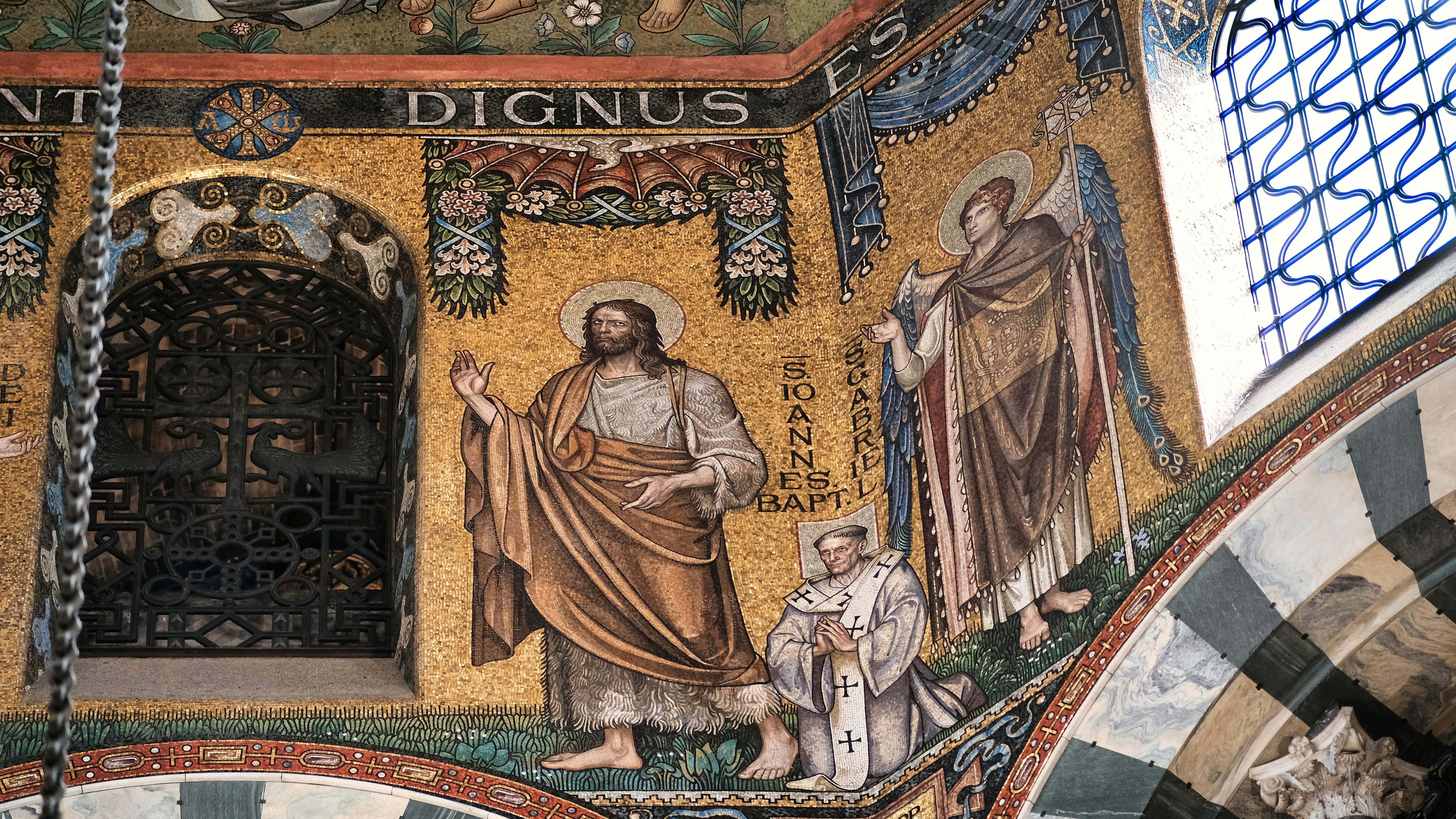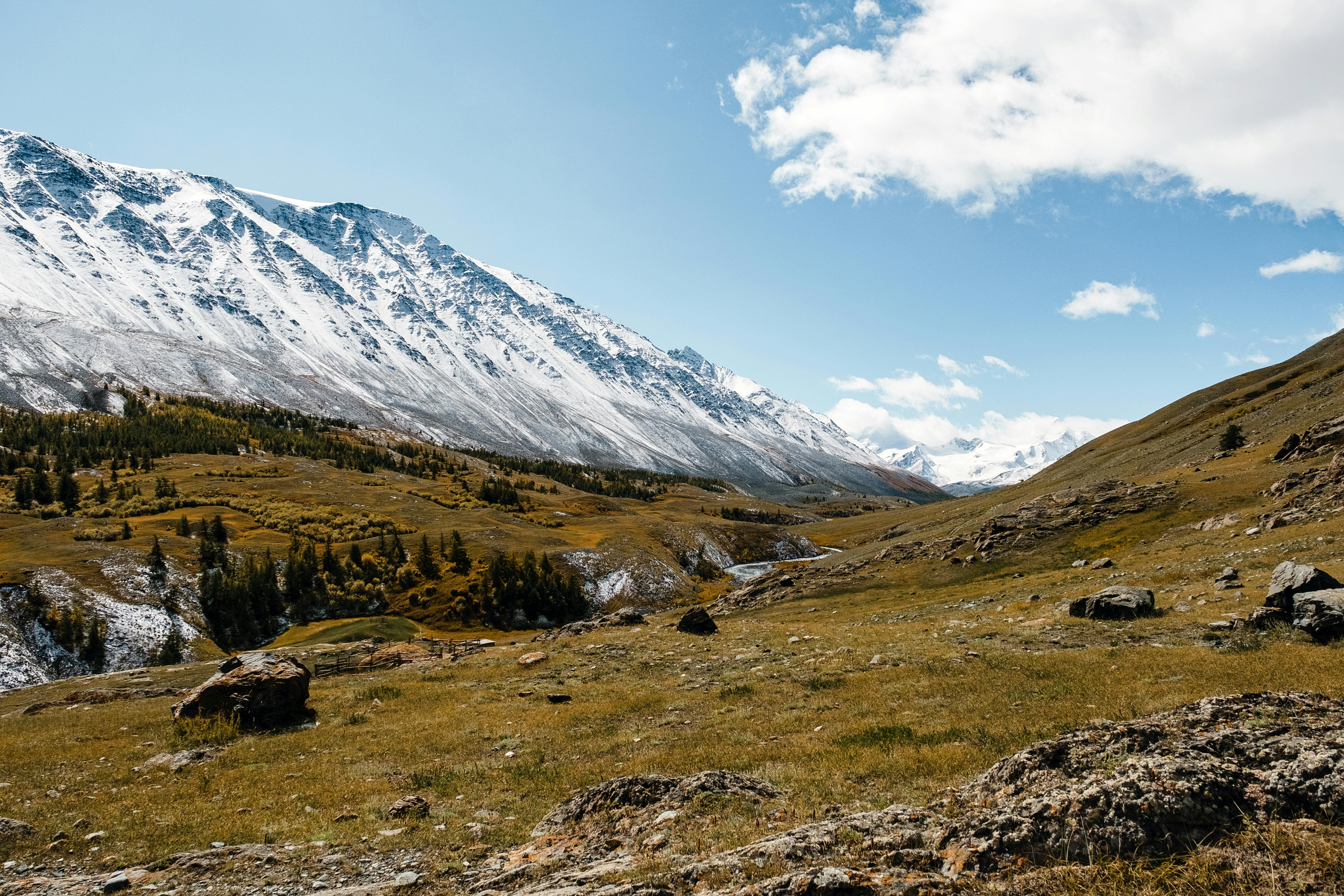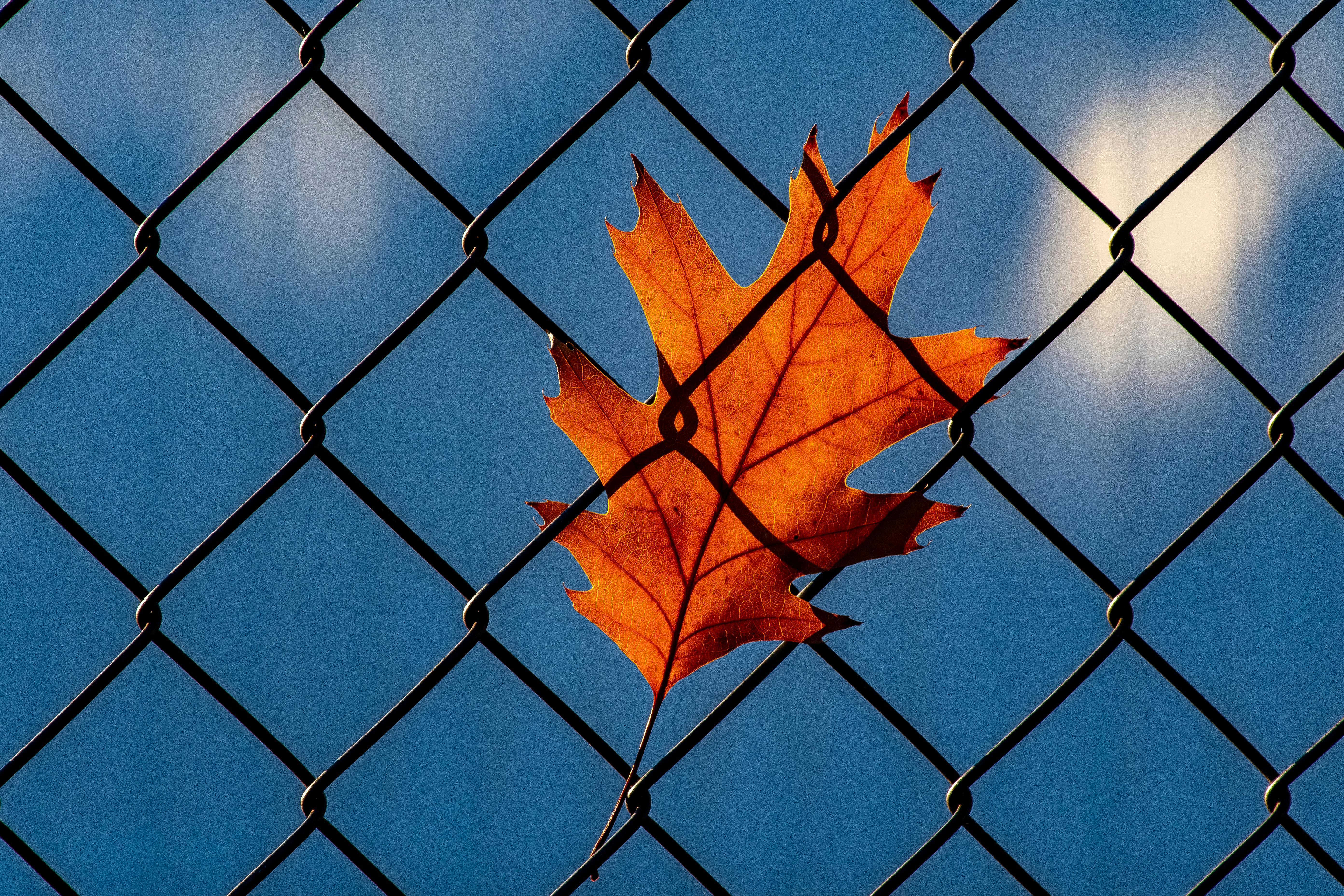Table of contents
Introduction

Art and nature have always been intimately linked, with one often serving as a mirror to the other. In this exploration of the intersection between art and nature conservation, we ask ourselves how can art be a powerful tool for raising awareness about the environment and encouraging sustainable actions? Art, in its multiple forms, has the power to awaken the senses, provoke emotions, and stimulate thought. Therefore, it can play a crucial role in our awareness of environmental issues and our commitment to sustainability.
Art as an expression of love for nature

Art has always been a means for artists to express their love and respect for nature. Whether it’s through a detailed painting of a forest landscape, a sculpture inspired by the shape of a leaf, or a song that evokes the song of birds, art can capture the beauty and fragility of our environment. Like a photographer who captures a fleeting moment, or a poet who describes the whisper of the wind in the trees, artists remind us that we are part of a complex and precious natural world. They use their creativity to highlight the wonders of nature, but also to underline its vulnerability to human actions.
Art as a means of raising environmental awareness

Art can also be a powerful means of raising awareness about specific environmental issues. For example, an art installation that stages the effects of climate change can help the public understand the concrete consequences of this global phenomenon. Similarly, a theatrical performance that tells the story of an endangered species can evoke empathy and prompt action. Art has the power to make visible the often invisible or ignored environmental problems, and to change our attitudes and behaviors towards our environment. It can help us see the world from a different angle and become aware of our responsibility towards the planet.
Art as a catalyst for action

Art has immense potential to inspire concrete actions for nature conservation. An artwork that evokes the beauty of a natural landscape or the richness of an ecosystem can encourage individuals to engage in sustainable actions, whether by reducing their ecological footprint, participating in conservation projects, or supporting environmental policies. Art can also serve as a platform for environmental activism, giving a voice to communities affected by environmental degradation and mobilizing the public around ecological causes.
Art as a Healing Tool

Finally, art can play a significant role in healing our relationship with nature. In an increasingly urbanized and technological world, many of us feel disconnected from the natural environment. Art can help restore this connection, reminding us of the beauty and intrinsic value of nature, and prompting us to respect and protect it. Whether through a painting that captures the serenity of a landscape, a song that evokes the rhythm of the seasons, or a dance inspired by the movement of animals, art can help us regain a sense of unity and respect towards our environment.
Conclusion

Summarizing the key points discussed in this article, it is clear that art has immense potential to foster a greater appreciation and conservation of nature. Whether it’s expressing our love for nature, raising awareness about environmental issues, inspiring sustainable actions, or helping to heal our relationship with the environment, art can play a crucial role in our commitment to sustainability. So, why not use your own creativity to contribute to nature conservation? Whether you are an artist or not, each of us has the power to act and make a difference. So, express yourself, create, and act for a greener and more sustainable future!
Share: